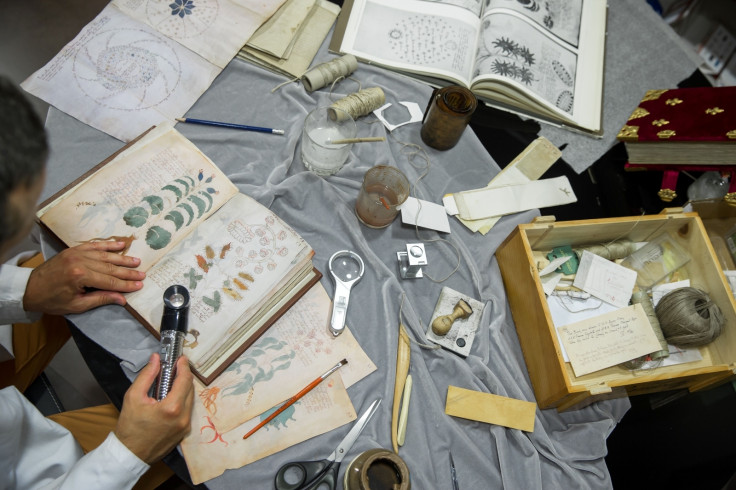'Indecipherable' and mysterious Voynich manuscript may be a plagiarised medical textbook
The 'code' is actually Latin shorthand and the book is missing an index, historian finds.

The Voynich manuscript has been decoded and is nothing more than a plagiarised medical textbook on women's health written in shorthand Latin, says a researcher.
Once believed to have been written in a language that no one understood or coded in a way that could not be broken, the manuscript, since the time it was unearthed in 1915 by collector Michael Voynich, has been the base of conspiracy theories that ranged from alien languages and lost cities. The book dates back to the 15<sup>th century.
The manuscript itself, according to a report by ARS Technica, is filled with text, weird imagery including hand-drawn pictures of naked women and unearthly plants, strange objects and other oddities that gave it a shroud of mystery. That it could not be deciphered added to the mystique behind the book.
History researcher Nicholas Gibbs seems to have got through the "code" and he claims that the Voynich manuscript is nothing more than a collection of women's health guides copied from other texts of the era.
Gibbs adds that it is a collated work that was possibly made for a specific person as it contains works taken from several texts, merged into one volume.
Gibbs reportedly concludes that there is a portion of the book missing in the form of the index. That is why, he says, none of the names of the plants or medicines, or even illnesses are mentioned anywhere, reports Inverse.
"For the sake of brevity, the name of both plant and malaise were superfluous in the text so long as they could be found in the indexes matched with a page number," he says.
It took Gibbs three years to decipher the book and he says that it was written in a lost form of Latin shorthand. Once he realised that it was a medical textbook, he was able to relate the weird images with medicinal plants and the images of naked women taking a dip in a pool or a bath.
Ancient Romans thought and believed, says the ARS report, that baths were a good way to rid themselves of several illnesses. Gibbs attributes the Zodiac signs drawn in the manual to belief that certain treatments worked best under specific astrological signs.
One of the images was identified as being lifted from another medical manual that dates back to the era that matches with the manuscript. This image, says the report, was one that illustrated women holding magnets in baths. Magnets were apparently thought of as magical instruments that held healing properties.
The Voynich manuscript could be traced back to a time just before a few decades after which printing was developed so the practice of collating information by hand became redundant.
Gibbs notes that once books like Trotula or De Balneis Puteolanis (Latin medical texts which were, in turn copied from authors before them like by Galen, Pliny, and Hippocrates) could be printed, shorthand copies like the manuscript became redundant.
© Copyright IBTimes 2025. All rights reserved.





















